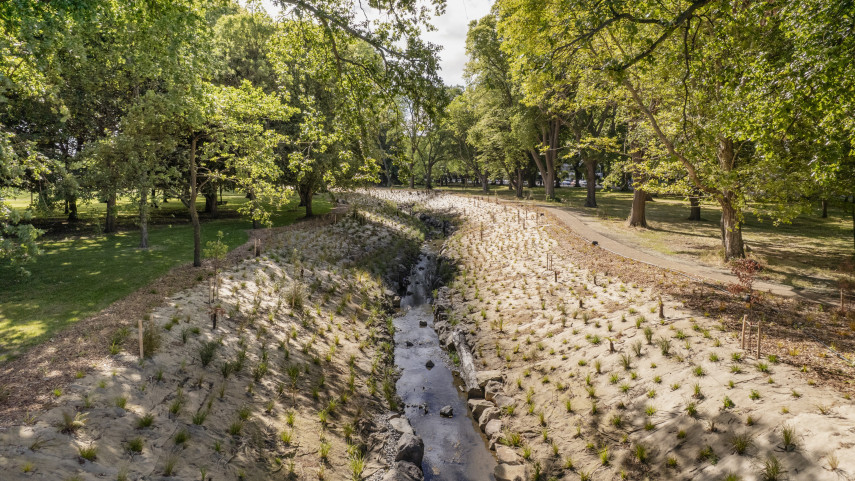Parks and Recreation Committee, 27 July 1993.
- That the Council, through its Parks Unit, continue to accept responsibility for the administration and management of those Port Hills reserves currently under its jurisdiction. The total area of these reserves is 640 hectares or 6.4 per cent of the total Port Hills area
- That, in taking account of the legislation and supporting documents governing the control and management of the Port Hills reserves, a comprehensive rather than piecemeal approach be adopted for the future management of the reserves
- That, in considering an overall goal or objective and/or key objectives for the Port Hills reserves, an over-riding factor be the reserves' conservation values, including the protection and enhancement of the native flora, especially as represented in the remnant bush areas, and the expansion of these areas wherever possible
- That, in the formulation of objectives outlined in 3 above, account also be taken of the unique land forms and geological characteristics of many of the reserves and their extrinsic qualities, i.e. the outstanding views to be obtained from various vantage points
- That, in promoting as primary objectives the reserves conservation and scenic values as outlined in 3 and 4 above, other sometimes conflicting issues also need to be addressed. These issues include stock protection and control, grasslands management, fire prevention and control, control of noxious plants and animals, soil protection, public access and recreational facilities and activities
- That as a corollary to 1 to 4 above, recognition be given to the findings of the New Zealand Protected Natural Areas Programme survey and report as applying to the Port Hills ecological district, released in February 1993. The report acknowledges the protection afforded the reserves of the Port Hills by virtue of their legal status and the significance of the reserves' native flora and their contribution to the wider indigenous and landscape features of the Port Hills ecological district
- That any other initiatives to secure and/or protect any other land on the Port Hills possessing values consistent with the values and principles outlined in the recommendations above be supported
- That within the framework of 1 to 6 above, management plans be prepared for those reserves still requiring them
- That a set of standards including design criteria be drawn up covering all facilities and other structures on the Port Hills reserves, to include signs, seating, litter bins and other furniture, buildings, walking tracks, car parks and fences. Signs and other structures can then be to a consistent standard, e.g. as replacements occur
- That management plans for the Port Hills reserves take full account of adjoining properties and their possible impact on the reserve including such factors as present and possible future use, drainage and runoff, erosion potential, fire hazards, emergency access and vegetation type, potential for native flora revegetation and reserve expansion. That management plans also recognise the need to incorporate exotic species. These aspects could assist with reserve policy formulation. It is also envisaged that management plans should include plans of both reserves and adjoining land, with cross sections indicating topography and important features of each site
- That as a corollary to 10 above a register of plans and titles of all land adjoining the reserves be maintained and held by the Parks Unit
- That the Council's 1992 Dog Bylaw be amended to include a provision to exclude dogs from scenic reserves/native bush, areas being grazed by sheep, and walkways and other walking tracks of the Port Hills reserves generally, except in the case of walkways and other walking tracks dogs may be permitted provided they are kept under continuous and effective control by means of a leash or chain securely attached to a collar of the dog
- That the Port Hills reserves report be adopted as a guideline document for management decisions and day to day management of the Port Hills reserves.
Related news

Fresh start for South Hagley Park waterway
The Addington Brook renewal project has been successfully completed, marking a major step forward for one of the most polluted waterways in Christchurch.
12 Dec 2025
Plans for New Regent St extension
Pedestrian access from one of the Central City’s favourite attractions – New Regent Street – is set to be extended through to the Ōtakaro Avon River promenade.
3 Dec 2025
Christchurch withdraws from further housing intensification
Christchurch’s bid to opt out of further housing intensification has been accepted.
10 Nov 2025